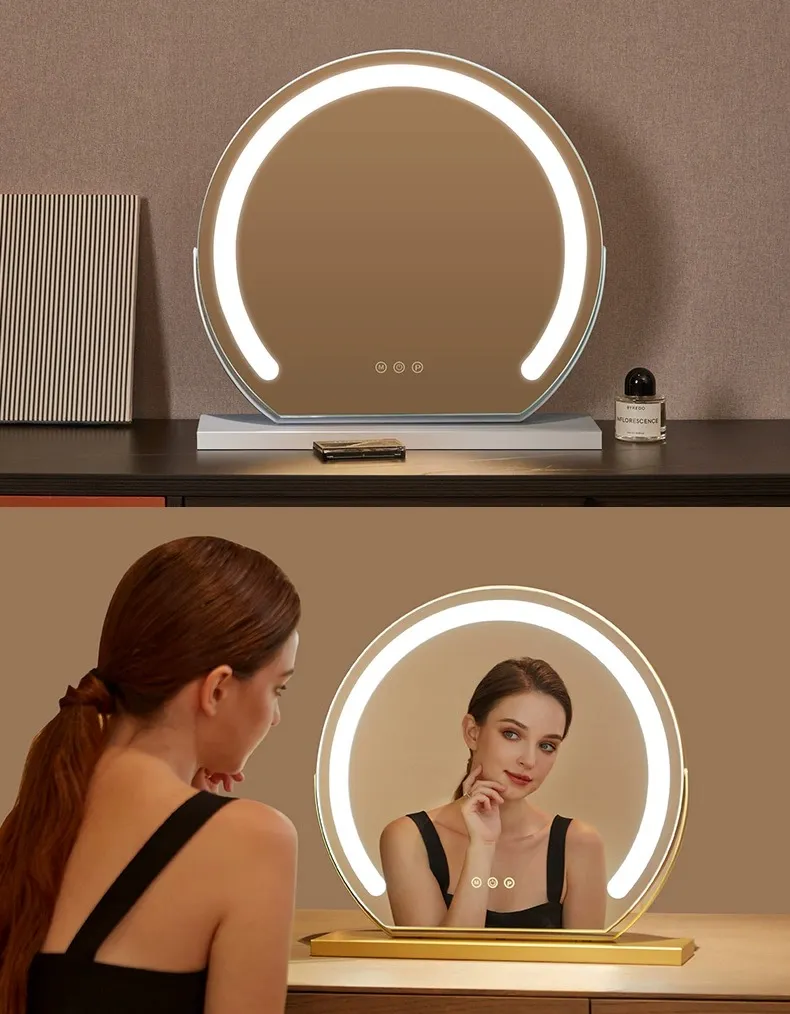

The Aesthetic and Functional Appeal of Reflective Tinted Glass
In modern architecture and design, the materials used play a critical role in both the aesthetics and functionality of buildings. Among these materials, reflective tinted glass has emerged as a popular choice for architects and designers alike. This unique material not only elevates the visual appeal of structures but also offers a range of practical benefits that make it suitable for various applications, from residential homes to commercial skyscrapers.
Reflective tinted glass is characterized by its ability to reflect light while simultaneously allowing some degree of visibility from within the building. This is achieved through a specialized coating that reduces glare and enhances privacy. As a result, the occupants of a building can enjoy a comfortable indoor environment without being easily seen from the outside. This feature makes reflective tinted glass an ideal choice for offices, hotels, and other commercial spaces where privacy is paramount.
One of the most significant benefits of reflective tinted glass is its energy efficiency. In today’s environmentally conscious world, energy consumption is a primary concern. Traditional clear glass tends to absorb heat from sunlight, leading to increased energy costs for cooling systems. However, reflective tinted glass minimizes solar heat gain, which helps maintain a stable indoor temperature. By reducing reliance on air conditioning, buildings utilizing this type of glass can achieve significant savings on energy bills, making it a financially savvy choice for building owners.
In addition to energy efficiency, reflective tinted glass contributes to improved comfort for occupants. Excessive sunlight can create hot spots within a space, leading to discomfort and distractions. The reflective properties of tinted glass help mitigate these issues by diffusing sunlight, resulting in a more uniform distribution of natural light. This not only enhances the overall ambiance of a space but also promotes well-being, as studies have shown that natural light positively impacts mood and productivity.

From an aesthetic standpoint, reflective tinted glass adds a modern and sophisticated look to any building. The sleek finish and variety of color options allow architects to create striking facades that stand out in the urban landscape. This versatility is particularly appealing in commercial construction, where branding and visual identity are crucial. Reflective tinted glass can be utilized to create a cohesive look that aligns with a company’s brand image while also providing the advantages of energy efficiency and comfort.
Moreover, the use of reflective tinted glass is not limited to new constructions; it can also be integrated into renovations and retrofits. Many older buildings can benefit from this modern material, which can enhance both performance and aesthetics. For instance, replacing outdated windows with reflective tinted glass can dramatically update a structure’s appearance while simultaneously improving its energy efficiency. This transformative capability makes reflective tinted glass an attractive option for property owners looking to modernize their spaces.
However, while reflective tinted glass has numerous benefits, it is essential to consider potential drawbacks. One concern is its impact on the surrounding environment. The high reflective quality of the glass can create issues with light pollution, potentially blinding drivers and affecting local wildlife. Therefore, it is crucial for architects and builders to carefully assess their designs’ situational context and to utilize reflective tinted glass responsibly.
In conclusion, reflective tinted glass represents a harmonious blend of style and functionality that meets the needs of contemporary architecture. Its ability to reflect light, enhance privacy, and improve energy efficiency makes it a valuable resource for a variety of applications. As we continue to prioritize sustainability and aesthetic appeal in our built environments, the popularity of reflective tinted glass is likely to grow. Designers and architects who embrace this innovative material can create spaces that not only look stunning but also contribute to a more sustainable future.